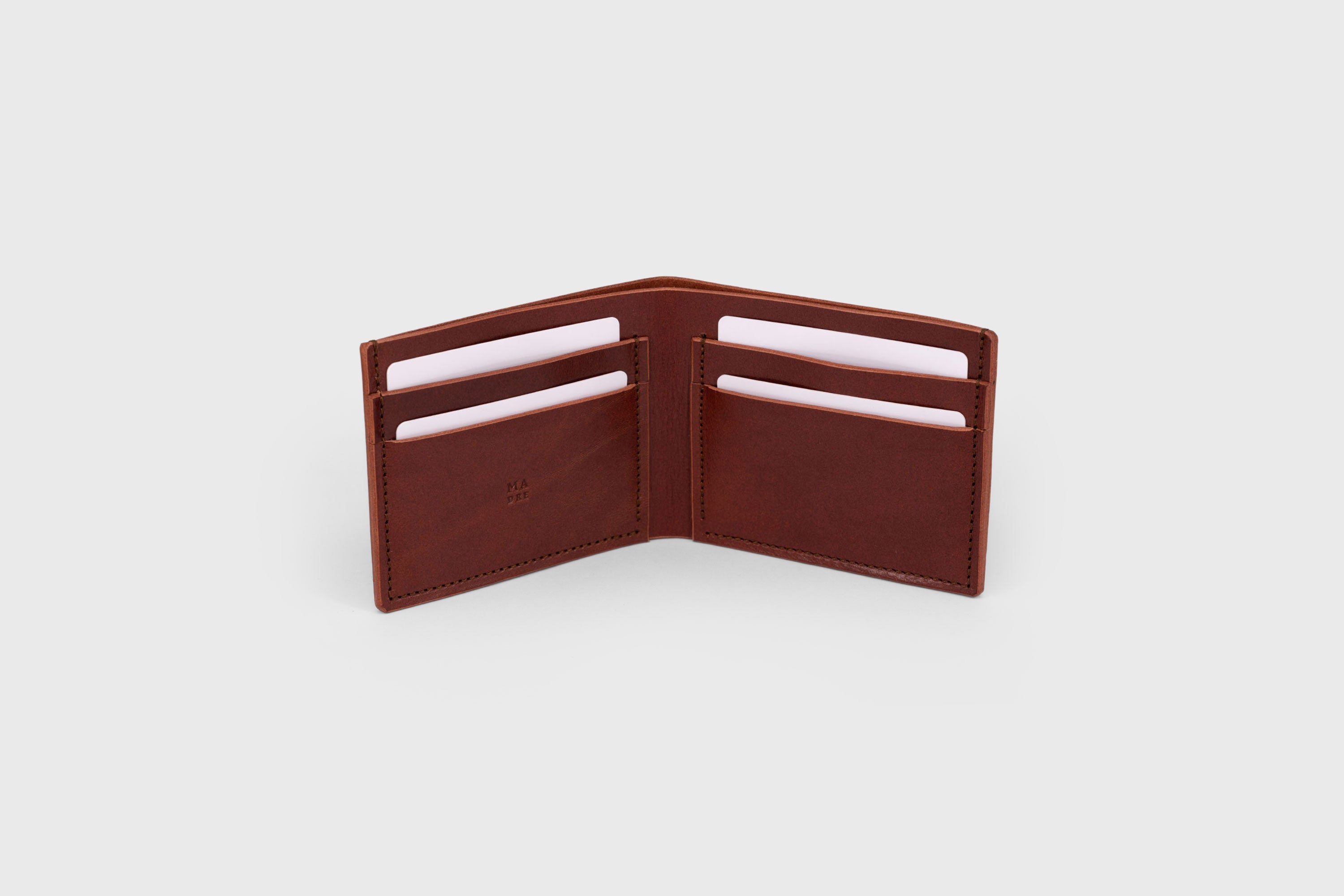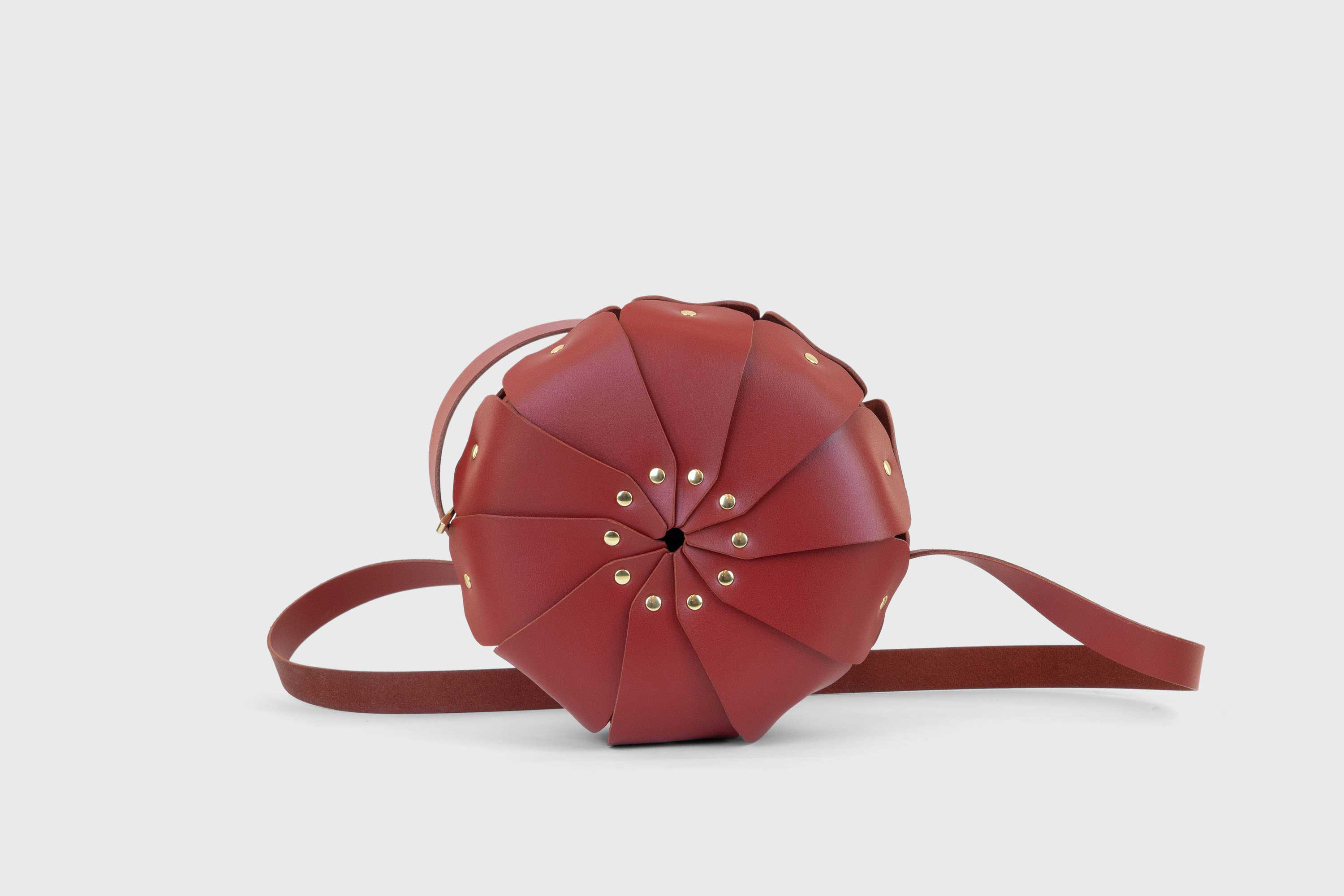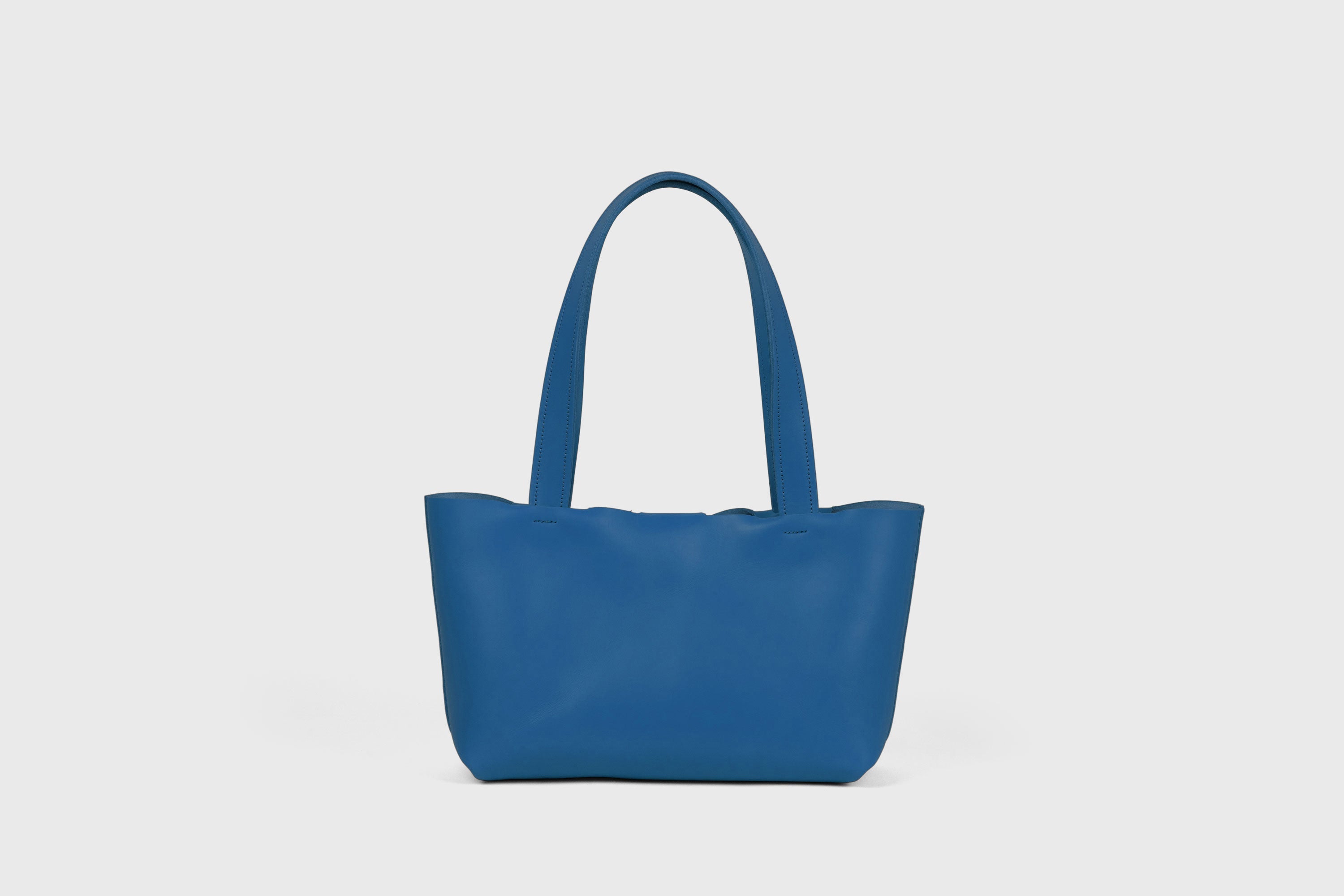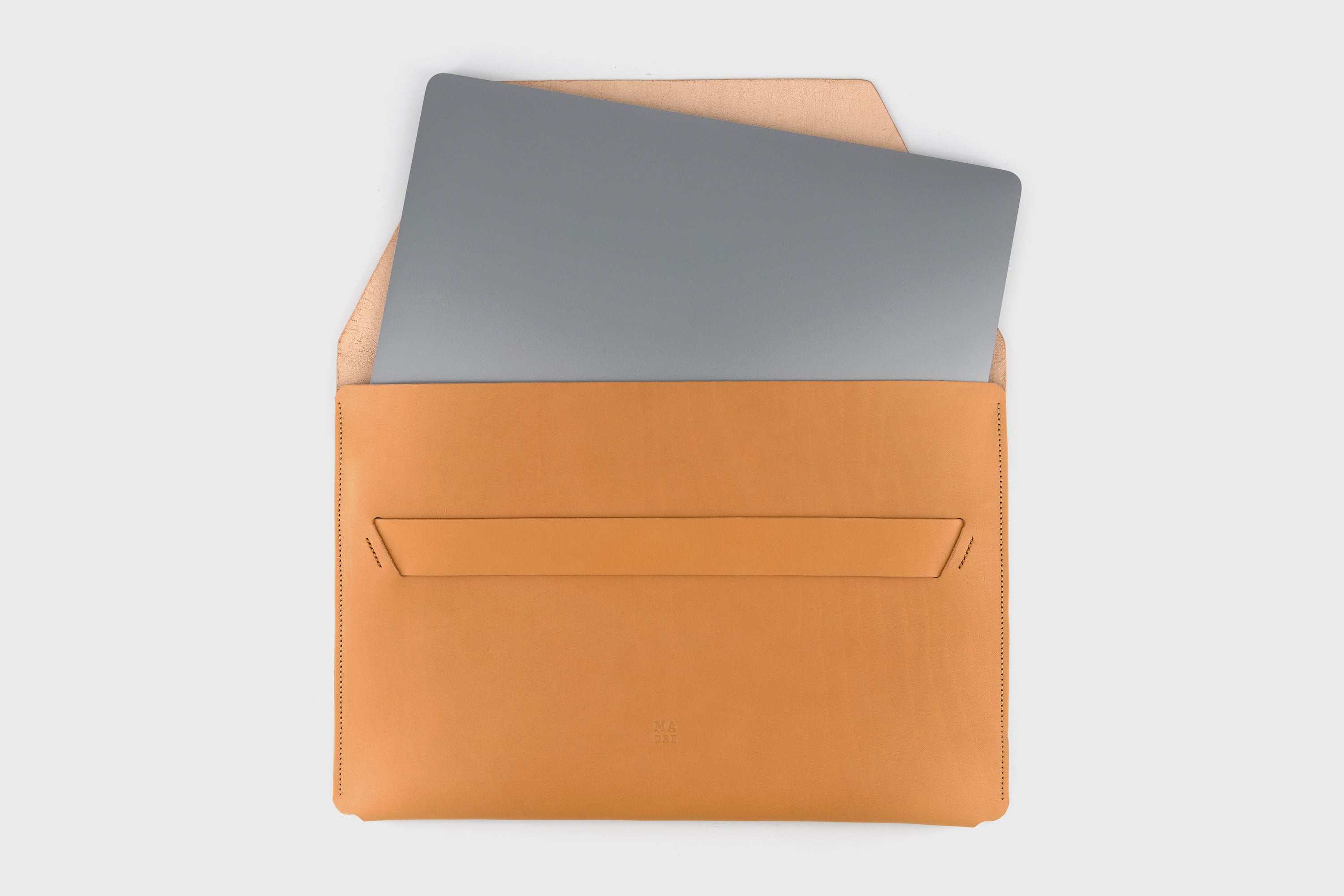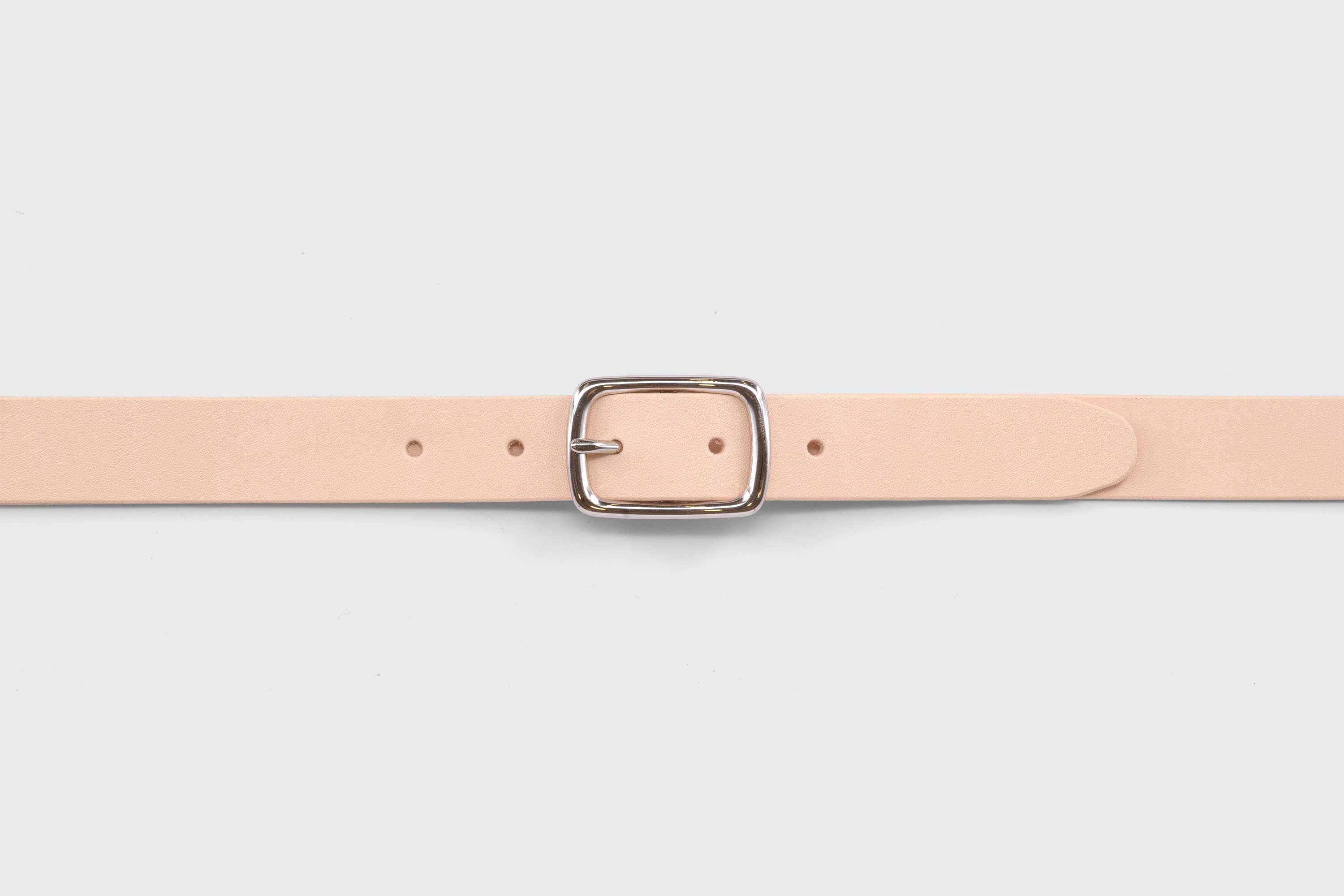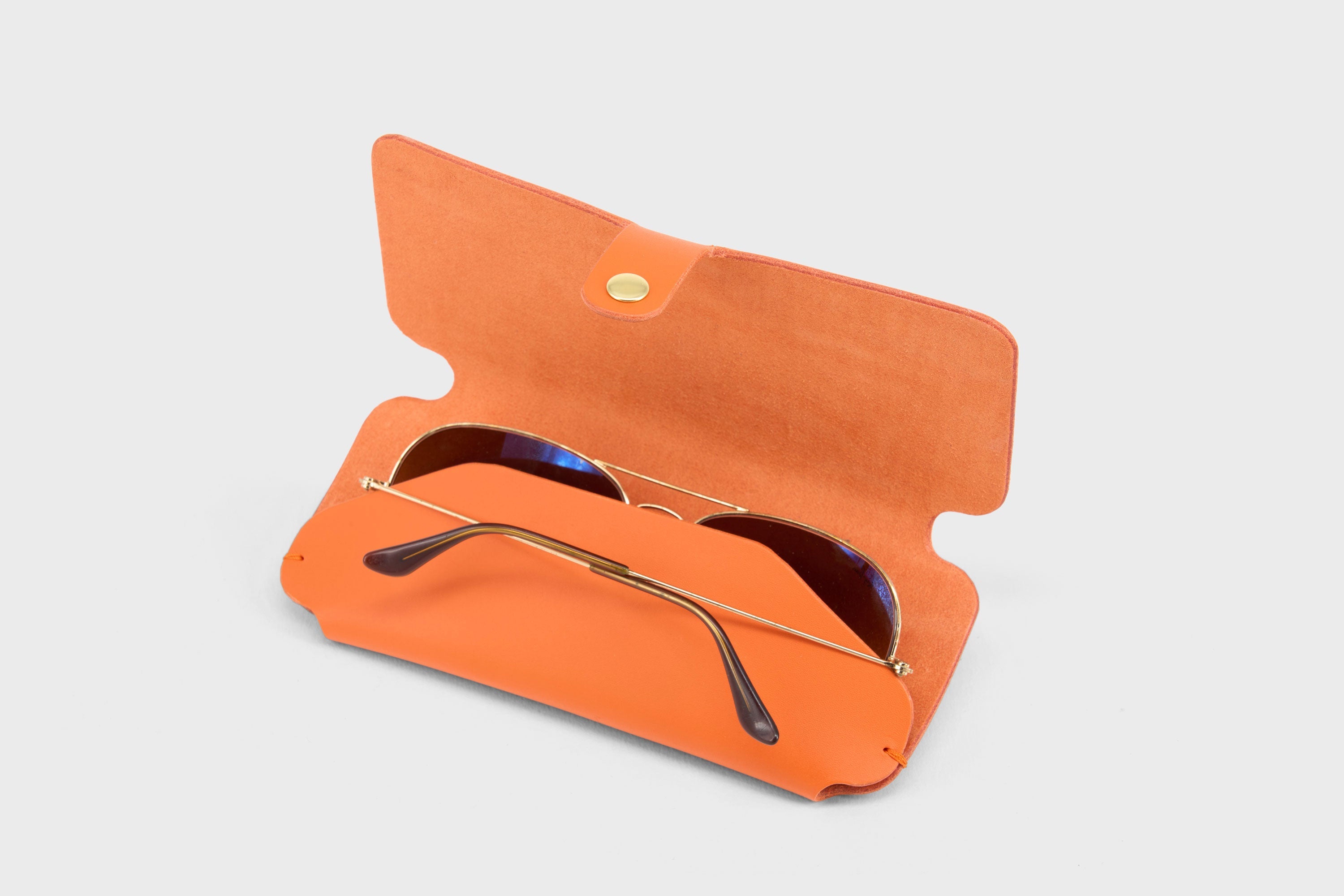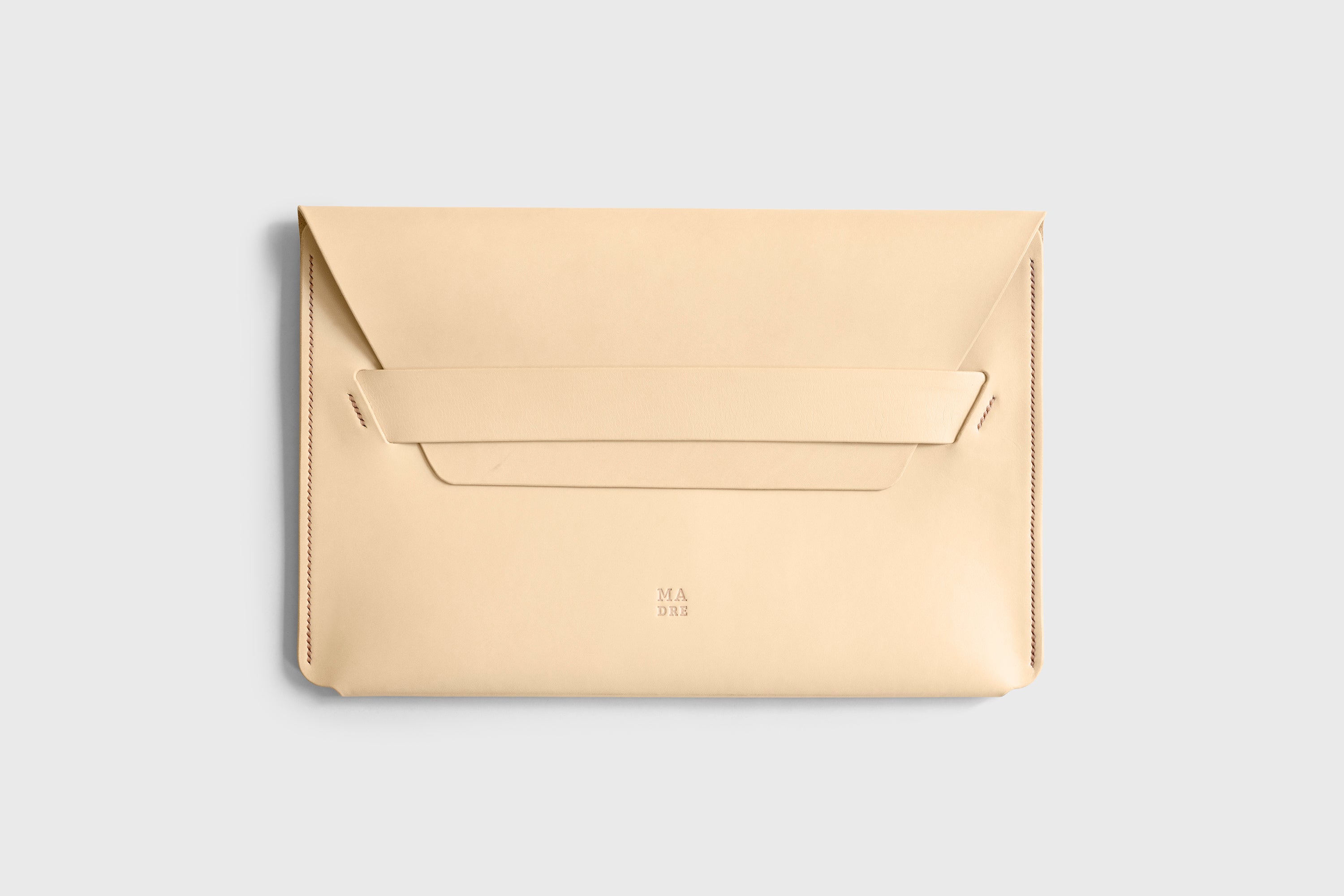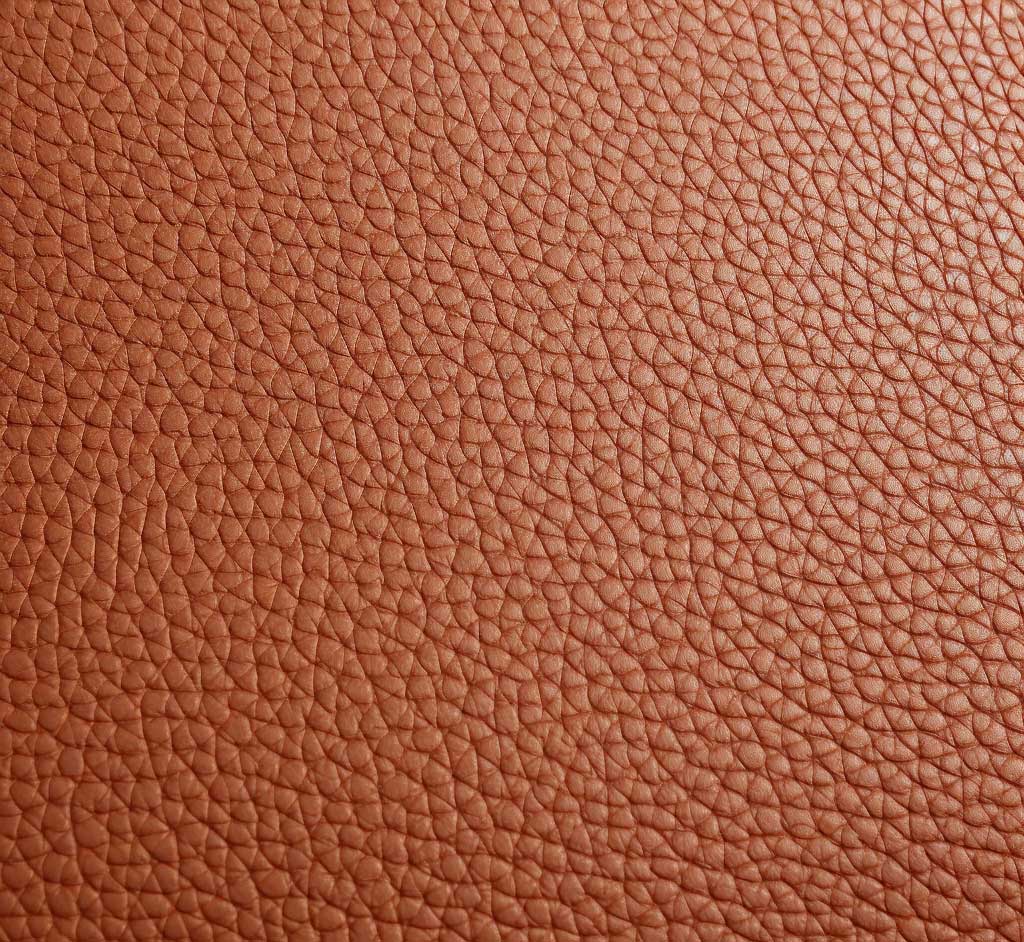
Can you eat leather?
No, eating leather is not recommended as it is not a food item and can be harmful to your health. Leather is a material made from animal hides, typically from cows, and is treated with chemicals during the tanning process that make it non-edible and potentially toxic. It is important to only consume foods that are safe and properly prepared for human consumption.
Did people ate leather historically?
Yes, people have historically eaten leather in times of famine or extreme food scarcity. The leather was often boiled or roasted to soften it and make it more palatable, and it was considered a source of sustenance. However, eating leather is not nutritionally viable in the long term, and it can cause serious health problems.
There are several instances in history when people have resorted to eating leather due to food shortages or famine. Here are a few examples:
-
The Siege of Leiden (1574) during the Eighty Years' War, where the citizens of Leiden, Netherlands were forced to eat leather to survive.
-
The Irish Potato Famine (1845-1852), where many Irish people were forced to eat leather from their shoes and belts due to the lack of food.
-
The Nazi blockade of Leningrad (1941-1944), where citizens of Leningrad (now St. Petersburg), Russia were reduced to eating leather goods such as belts, jackets, and boots to survive.
-
The Bengal Famine (1943), where people in Bengal (now split between India and Bangladesh) ate leather due to food shortages caused by the Japanese invasion and subsequent destruction of crops.
These are just a few examples of the many instances in history where people have been forced to eat leather due to food scarcity.
Why could it be better to eat vegetable tanned leather than chrome tanned leather?
It is not better to eat leather with any tanning method. However Chrome tanned leather might be a bit less harmful due to the tanning agents used.
The difference between vegetable-tanned and chrome-tanned leather is the process used to preserve the hide and make it suitable for use in products such as clothing and accessories. Vegetable tanning uses natural materials like tree bark and leaves, while chrome tanning uses heavy metals like chromium.
While vegetable-tanned leather may be considered better for the environment, it is not safe or advisable to eat either type of tanned leather. It is important to obtain nutrients and sustenance from food sources that are safe and nutritionally balanced, such as fruits, vegetables, meat, and grains.
Can you digest leather?
Leather is a material made from the processed skin of animals, typically cattle. Although it is made from animal skin, it undergoes significant processing that makes it difficult for humans to digest.
The process of making leather involves removing all the flesh and fat from the skin and then treating it with chemicals such as tanning agents and dyes. These chemicals change the structure of the skin, making it stiff and resistant to decay, but also making it indigestible. Additionally, the high temperatures used in the process of leather production further alter the skin, making it even more difficult to digest.
Therefore, while leather may be derived from animal skin, it is not a food product and should not be consumed as it would not provide any nutritional value and may cause digestive issues.
Chemicals in the color of leather
The vast majority of leather products available in the market are not left in their natural color. Even if the leather is vachetta, which is known for its light, natural color, it is often treated with a fine, water-resistant spray by professional tanneries. As a result, even if the leather was tanned without the use of artificial agents, the coloring process that it undergoes makes it harmful if ingested.
The color of leather is typically achieved through the use of dyes. There are a variety of different dyes that can be used to color leather, including synthetic dyes and natural dyes. Some of the most commonly used synthetic dyes in the leather industry include:
-
Aniline dyes: These are transparent dyes that penetrate deep into the leather and produce a rich, transparent color. They are often used to produce bright and vibrant colors.
-
Pigment dyes: These are opaque dyes that sit on the surface of the leather and produce a more uniform color. They are often used for darker colors and to produce a more uniform finish.
-
Combination dyes: As the name suggests, these are dyes that combine both aniline and pigment dyes to produce a combination of depth and uniformity in the color.
In addition to dyes, various other chemicals may be used in the coloring process, including wetting agents, stabilizers, and fixatives. These chemicals help to ensure that the dye penetrates evenly into the leather and remains colorfast over time.
It's worth noting that the exact composition of the chemicals used in the dyeing process can vary depending on the manufacturer and the specific product. Some of the chemicals used in the dyeing process may be hazardous to human health, and exposure to these chemicals should be minimized.
Can you eat leather to survive?
In summary, it is strongly advised against eating leather under any circumstances. If faced with a situation where survival is at stake, it is better to invest your energy into finding alternative sources of edible food. The safe and nutritious options for sustenance include fruits, vegetables, whole grains, and protein-rich foods. Leather is not a viable or nutritious source of food and should not be considered as such.
Can dogs eat leather?
No, dogs should not eat leather, including any leather dog toys or leather leashes. Leather is not a food item and is not meant to be consumed by dogs or any other animals. If a dog ingests leather, it can cause digestive issues, including vomiting, diarrhea, and stomach discomfort. Additionally, some types of leather may contain chemicals or dyes that can be toxic to dogs if ingested.
If you suspect that your dog has ingested leather or any other non-food item, it's important to seek veterinary attention right away. Your vet can evaluate your dog's condition and provide appropriate treatment to ensure their health and safety. To prevent your dog from ingesting leather, it's important to keep leather items out of their reach and to supervise them closely when they are around these types of objects.
Do moths eat leather?
Yes, moths can eat leather. Moths are known to be a common pest for natural materials, including wool, silk, and leather. The larvae of certain types of moths, such as the webbing clothes moth, can feed on leather items such as jackets, shoes, and bags, causing damage to the material.
To prevent moth damage to leather items, it's important to store them properly. This can include keeping them in airtight containers, using moth repellents or cedar blocks, and regularly inspecting the items for signs of damage or infestation. If you do find signs of moth damage on a leather item, it's important to take action right away to prevent further damage. This can include cleaning the item and applying a protective coating, or consulting a professional for more advanced repairs.
Do rats or mice eat leather?
Yes, rats and mice can eat leather. These rodents are known to be opportunistic feeders and will consume a wide range of materials, including leather. The damage caused by rodents can be particularly harmful to leather items, as they can chew through the material and leave unsightly holes and tears.
To prevent rodents from damaging leather items, it's important to store them properly. This can include keeping them in airtight containers or bags, and placing them in areas that are inaccessible to rodents. It's also important to keep your home or storage area clean and free of food debris, which can attract rodents.
If you do find signs of rodent damage on a leather item, it's important to take action right away to prevent further damage. This can include cleaning the item and applying a protective coating, or consulting a professional for more advanced repairs. Additionally, it may be necessary to address the root cause of the rodent infestation to prevent future damage to your leather items.
Can snails eat leather?
It is unlikely that snails would eat leather. Snails are herbivorous animals, meaning they primarily eat plants and vegetables. They typically consume leaves, flowers, and other plant matter, and are not known to feed on animal-based materials like leather. Additionally, leather is a tough and durable material that would be difficult for snails to consume or digest. As such, it is unlikely that snails would eat leather.
Can you eat leather shoes or boots?
No, you should not eat leather shoes or boots. Leather is a material that is commonly used for making shoes and other clothing items, but it is not meant to be consumed by humans or any other animals. Leather is made from the skin of animals, which undergoes a tanning process to make it durable and flexible. Consuming leather can be harmful to humans, as it is not digestible and can cause digestive issues and other health problems. Additionally, leather may contain chemicals or dyes that can be toxic if ingested. As such, it is important to use leather products as intended and not consume them.



